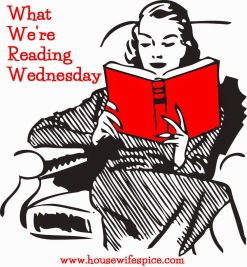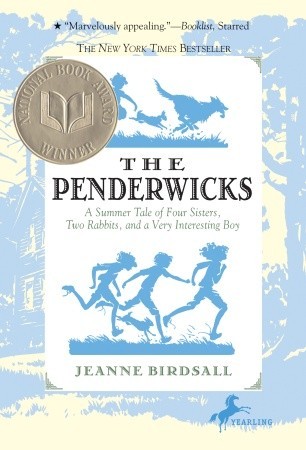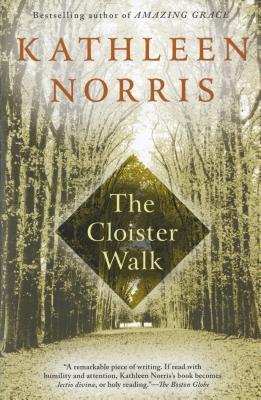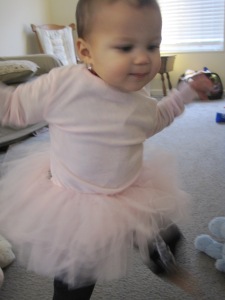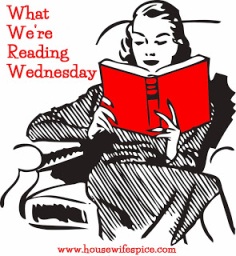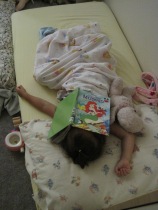
1. Out of context quote of the week: “Okay, just don’t pee on the yogurt.”
2. I think it was on Thursday, I had one of those, “This is my life” moments. The four of us — me, the baby, the toddler, the preschooler — crammed together on 1.5 couch cushions. Victor nursing. Lucia, squeezing herself practically underneath me (“I want to be clooose to you!!”), trying to read an Elephant and Piggie book out loud while dramatically contorting her body (maybe reading upside down is easier?) every few words. Felix, standing on his head next to her, annoyed that she is reading slowly and getting all the attention. Lucia, getting annoyed that he is annoyed. Victor, annoyed that he almost got kicked in the head by Felix. Me, squished. Can’t we at least use the whole couch?
3. I wasn’t going to garden this year. I’d come to terms with the fact that “gardening” is more like my euphemism for “throw some starter plants in the dirt and watch them die on the deck,” and I was going to be happy if I could keep a couple pots of herbs alive this summer. But then my intrepid, “Square Foot Gardening” library copy-wielding neighbor stopped by, asking if I wanted to share (oh, and build) a raised bed with her, and I couldn’t resist. (Luke: “Did you tell her your contribution to the building process will be blogging about it?”) Hours of sleep have been lost this week, pouring over MotherEarthNews and OrganicGardening.com in the glow of the tablet, calculating lumber and soil mix costs, and pondering the qualities of loose leaf lettuce.
On my last library trip, I detoured through the gardening section and, while the best books seem to have been snatched up by now, did get my hands on this. I have a feeling I’ll be laughing/crying over it soon. Oh, and did I mention we both have newborns? Pictures to follow, unless it’s a total disaster. Then we’ll just pretend it didn’t happen, and that we totally meant to build a really long, narrow sandbox in full sun squeezed between a deck and a driveway. Perfect.

4. Summer is such an easy time, though, to get lost in fantasies of being the perfect little agrarian. For the past two years, we’ve been part of a farm share, and I get all, “Look at us! Washing beet greens! Let’s sit on the floor and shell beans, kids!” Last summer I read Joel Salatin’s “Folks, This Ain’t Normal” and Rod Dreher’s “Crunchy Cons,” and my aspirations culminated in asking Luke for a vermicomposting kit (for under the sink!) for my birthday.
He took me to New York instead.
5. Lucia this week: “I think Neptune is a saint.” I was telling Faith recently how Lucia’s grasp of theology seems to weave seamlessly into her love of fairy tales, and how I wasn’t sure about adding mythology into the mix, but it looks like the kid beat me to it. This is the same child who, after being told point blank by her loving father that Santa wasn’t real, answered nonplussed, “No, he’s real; I read about him in a book.” And around the same time, explained that a Heffalump must have come into her room that night, because she couldn’t find her bear in the morning. She wonders if St. Lucia has magic powers, like Elsa’s, that allow her to light up a room instead of freeze it. Catechesis of the Good Shepherd, I’m counting on you.
6. I found out recently that Felix, when he’s supposed to be brushing his teeth, enjoys scrubbing the bottom of the sink with his toothbrush before sticking it back in his mouth. I think he thinks the extra bubble/cleaning action is beneficial for both the sink and his teeth. I don’t know. I steeled myself against overacting when I caught and scolded him, only to have him say, “No, I sticking it in THERE!” [pointing to the black drainage hole at the rim of the sink]. Gaaaah.
7. That’s all I’ve got. Go to This Ain’t the Lyceum for more quick takes!

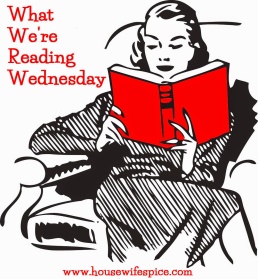
 There is so much to immediately love about this book.
There is so much to immediately love about this book. 






